You might be surprised to learn that some of the weeds growing wild in your garden are not only edible but also incredibly good for you.
These plants are often overlooked, but many are packed with nutrients, rich in flavor, and useful in everyday cooking. Before you tidy up your yard, take a closer look; you could be missing out on free, homegrown greens.
From peppery leaves to lemony stems, these humble weeds have plenty to offer. They’re easy to find, thrive in nearly any soil, and require zero maintenance.
Whether you’re tossing them into a salad or simmering them into soup, these plants bring both taste and health to the table. Let’s explore what you can do with them.
#1 Chickweed
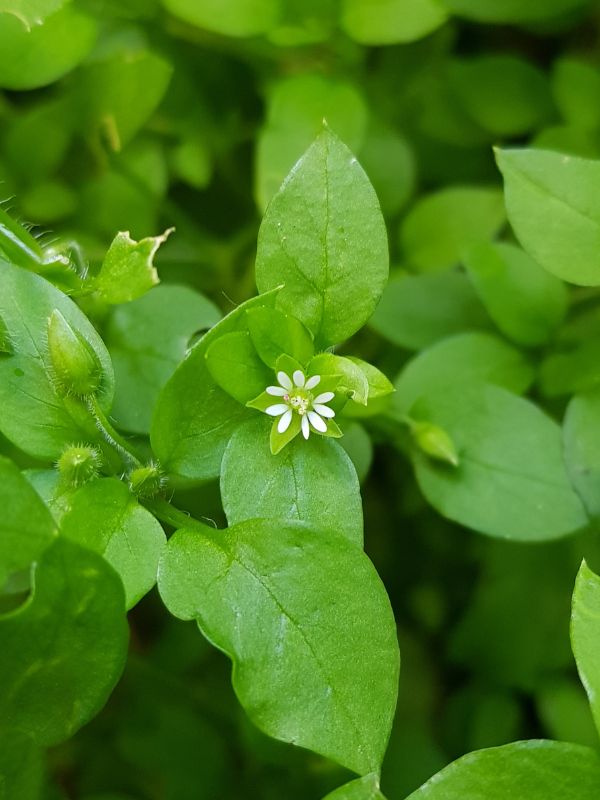
Chickweed has a mild, slightly grassy flavor that makes it an easy addition to your meals. It’s loaded with vitamins A, C, D, and B-complex, plus minerals like iron and calcium.
You can mix the fresh leaves into salads or stir them into scrambled eggs. For a fresh twist, try blending it with olive oil and garlic to make a simple pesto. Always harvest the tender top growth, and rinse well before using.
#2 Nettles
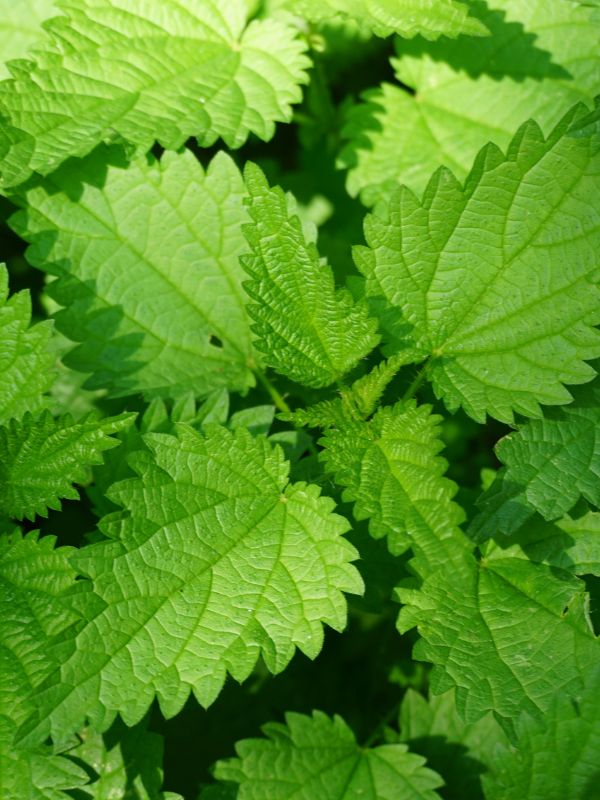
Nettles are nutritional powerhouses, but they do require a little care when handling.
Once cooked, their sting disappears, leaving you with earthy, spinach-like greens full of iron and magnesium. Add the leaves to soups or stews, or brew them into a calming tea.
If you’re new to foraging, wear gloves when picking and blanch the leaves briefly to make them safe to eat. They’re especially great in creamy potato soup or mixed with rice.
#3 Violets
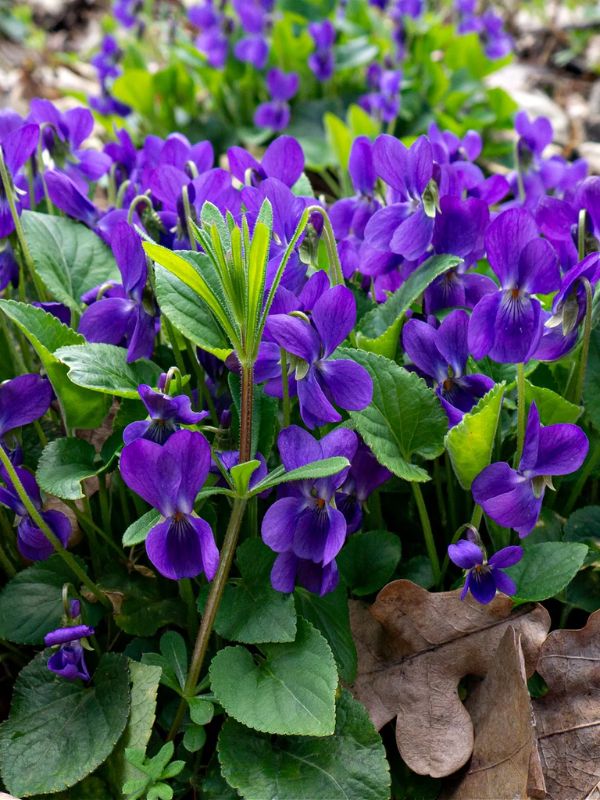
The heart-shaped leaves and delicate purple flowers have a gentle sweetness that works beautifully in salads or desserts. You can sprinkle the blossoms over cupcakes or candy them for a lovely garnish.
Try steeping a few in hot water for a naturally soothing tea. Make sure you’re picking wild violets and not ornamental ones treated with chemicals.
#4 Wood Sorrel
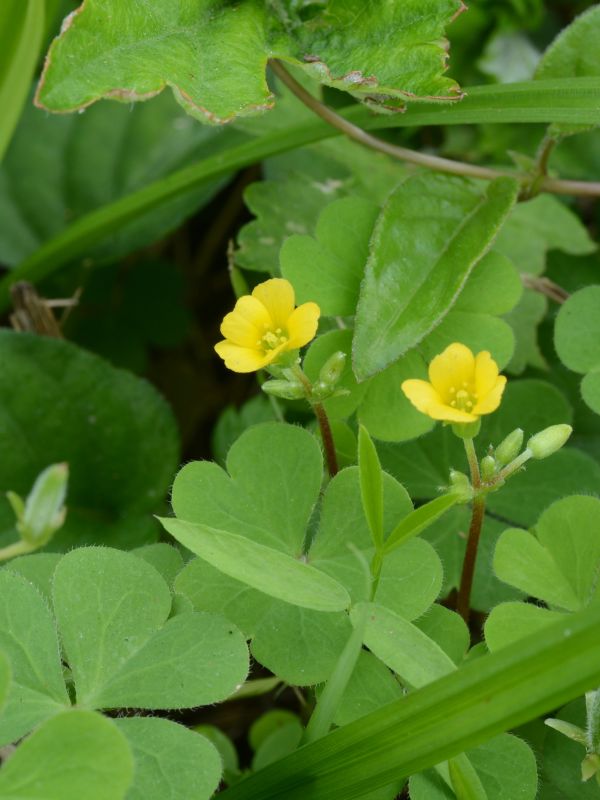
Wood sorrel looks a bit like clover and has a bright, lemony taste that adds a spark to your plate.
It’s high in vitamin C and has traditionally been used to ease upset stomachs. Toss a handful into a green salad for a citrusy lift or use it to finish a creamy soup.
You can also chew a few leaves as a refreshing snack on a hike. Just enjoy it in moderation, as the oxalic acid can be strong in large amounts.
#5 Dandelions
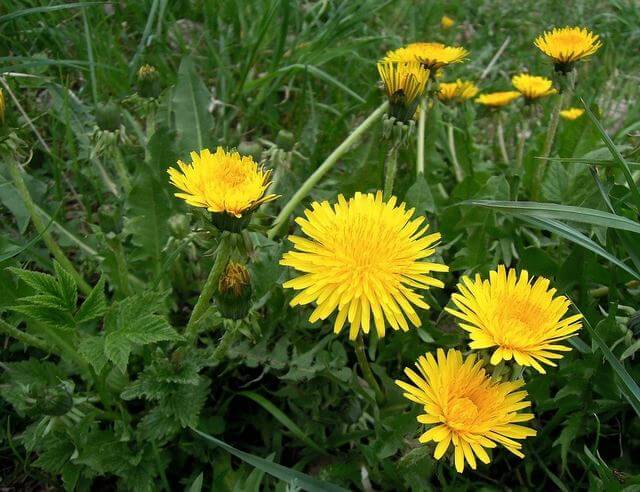 Image Credits: Pixabay
Image Credits: Pixabay
Dandelions are everywhere, and that’s good news for your plate. Every part of the plant is edible, from the slightly bitter leaves to the sweet yellow flowers and sturdy roots.
Use the young greens raw in salads or sauté them with garlic like spinach. You can dry the roots for tea or even roast them for a coffee substitute.
For a fun twist, dip the flower heads in batter and fry them into crispy fritters.
#6 Miner’s Lettuce
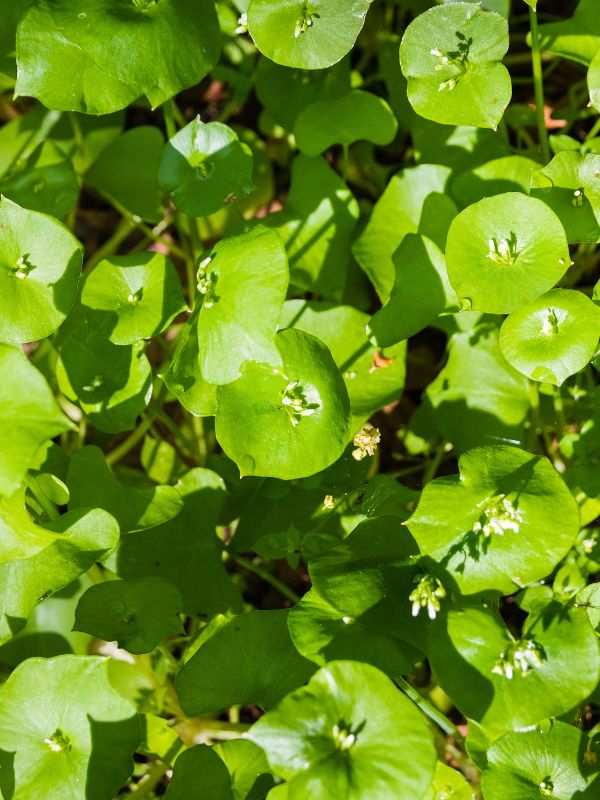
Miner’s lettuce is a mild, crunchy green that tastes as good as it looks. It grows in shady spots and is rich in vitamin C, making it a favorite among foragers.
Add the rounded leaves to your salad mix or layer them into sandwiches for a juicy bite.
You can also give them a quick sauté with a squeeze of lemon for a light side dish. Pick leaves while they’re young and tender for the best flavor.
#7 Purslane
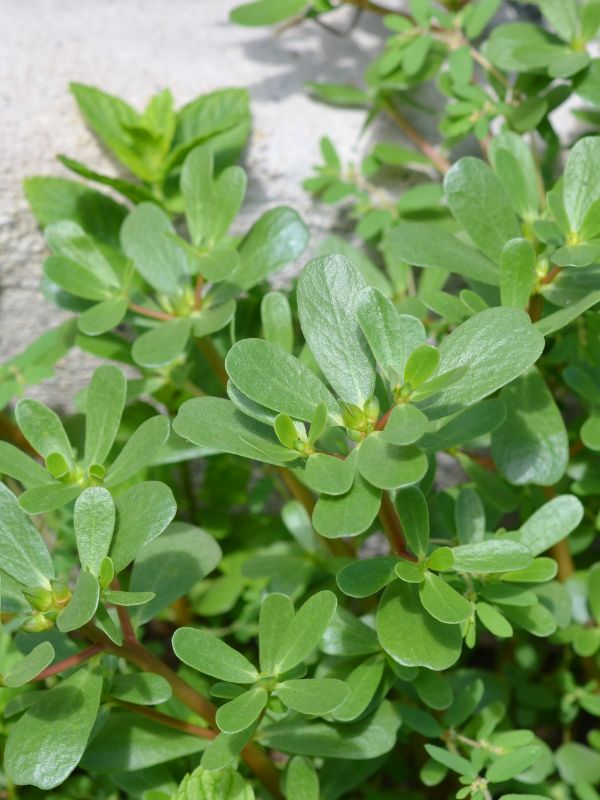
Purslane has a juicy, slightly tangy flavor and a wonderful crunch that adds texture to any dish. It’s packed with omega-3 fatty acids and antioxidants, which makes it a true garden gem.
Chop it up raw for salads, or toss it into a stir-fry right at the end. You can also blend it into a smoothie for an extra nutritional boost. Be sure to harvest it early in the day while it’s still crisp and plump.
#8 Lambsquarter
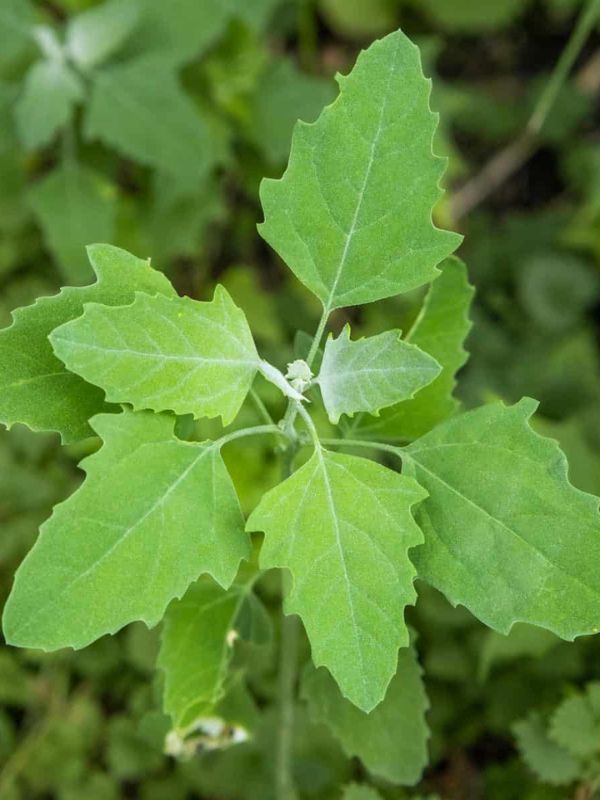
Often called wild spinach, lambsquarters are soft, mild-tasting greens full of calcium, iron, and beta-carotene.
The tender young leaves are delicious in both raw and cooked dishes. You can sauté them with onions, fold them into omelets, or blend them into a green smoothie.
If you’re making a garden salad, try adding a handful for extra depth. Just be sure to rinse them well, as their powdery coating can hold onto dirt.
#9 Creeping Charlie
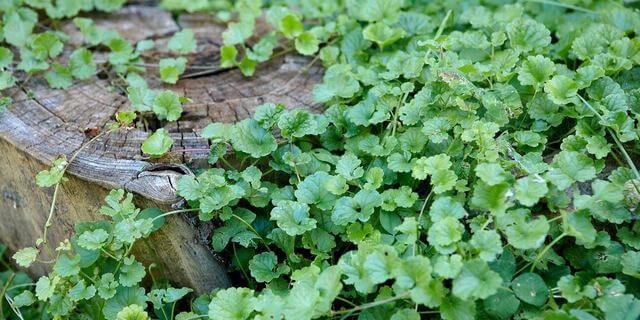 Image Credits: Bhg
Image Credits: Bhg
Creeping Charlie spreads quickly, but don’t be too quick to pull it up. It has a pleasant, minty flavor and is traditionally used in herbal teas and tonics.
Chop the leaves finely and mix them into salads or cook them gently like spinach. For something cozy, brew a few leaves into a soothing tea. It’s best picked before flowering when the flavor is milder and fresher.
#10 Kudzu
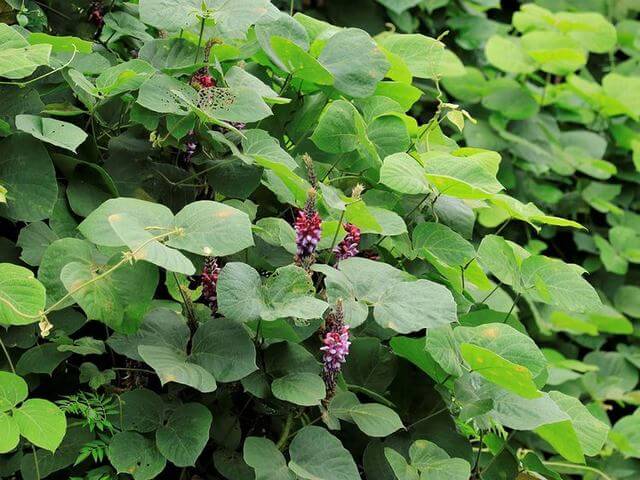 Image Credits: Gulfnews
Image Credits: Gulfnews
Kudzu may be a garden invader, but it’s also full of edible surprises. The roots, shoots, flowers, and leaves are all useful in the kitchen.
You can use the powdered root as a thickener, or try the young leaves steamed or stir-fried. Kudzu blossoms make a surprisingly sweet jelly when boiled with sugar.
If you’re harvesting wild, make sure it’s away from roadsides or sprayed areas.
